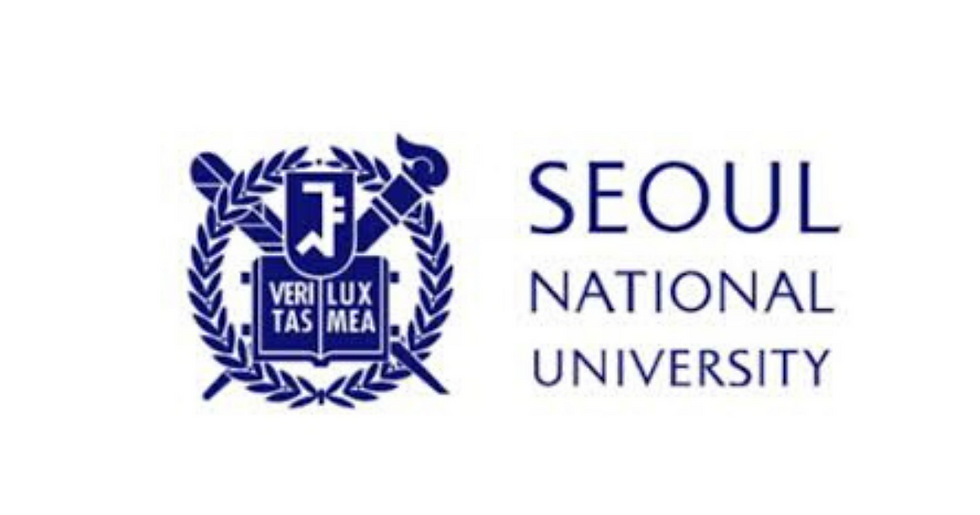CALL. 15.07.2020: The 3rd Asia Regional Meeting of the International Plato Society: "Image and
- fasticongressuum

- 24 abr 2020
- 2 Min. de lectura

FECHA LÍMITE/DEADLINE/SCADENZA: 15/07/2020
FECHA CONGRESO/CONGRESS DATE/DATA CONGRESSO: 27-28-29/11/2020
LUGAR/LOCATION/LUOGO: Seoul National University, Seoul (South Korea)
ORGANIZADOR/ORGANIZER/ORGANIZZATORE: Dae-Ho CHO (Yonsei University, South Korea); Hua-kuei HO (Chinese Culture University, Taiwan: Representative for Asia, Australia, and Africa of the IPS); Sung-Hoon KANG (Seoul National University, South Korea); Satoshi OGIHARA (Tohoku University, Japan); Euree SONG (Kyung Hee University, South Korea).
INFO: 2020.asia.ips@gmail.com
CALL:
Plato’s attitude towards images is ambiguous. On the one hand, there are unmistakable signs that he denounces the status of images. In the simile of the Line, he puts images in the lowest subsection. He criticizes image-makers such as poets and painters. One of his main criticisms of the sophists is also that they are image-makers. On the other hand, Plato’s dialogues are full of vivid images. He may even have thought that the use of images and imagination is an intermediate step and a necessary means for achieving the highest level of understanding. How should we account for this ambiguity?
Traditional studies on Plato’s views of image and imagination have focused mainly on the Republic and the Sophist, especially on his negative treatments of images and image-makings in them. In recent decades, however, more attention has been given to his positive views both in these dialogues and in other works such as the Timaeus and the Phaedrus. The reinterpretations of philosophical images used in his dialogues and the new questions about their ontological and epistemological status have opened up the possibility of broader and more intensive discussions on Plato’s philosophical uses of images and imagination.
With these new perspectives, we may ask a variety of questions. What exactly are the purposes and scopes of Plato’s use of images and imagination? What is Plato’s ontology and epistemology of images? Is an image of a Form something like a sensible trope? Can images be objects of “knowledge”? If language is also an image, what is it an image of? What bearings does Plato’s ontology and epistemology of images have on his views of the good life? What role, if any, does imagination play in our ethical, political, and religious life? What is the difference between Plato’s own image-makings and those which he criticizes?
In this conference, we would like to discuss broad topics related to Plato’s views on image and imagination. We invite proposals for papers of 20 minutes in length with 10 minutes discussion. Please submit title and abstract to 2020.asia.ips@gmail.com by July 15, 2020. Submitters will be notified of the decision by August 10, 2020.
Submission Guidelines:
Title and Abstract of 300-500 words in a WORD and PDF file, prepared for anonymous review.
Name, Paper Title, Affiliation, Postal Address, and Email Address in a WORD file.
Language: English.
Deadline: July 15, 2020.



Comentarios